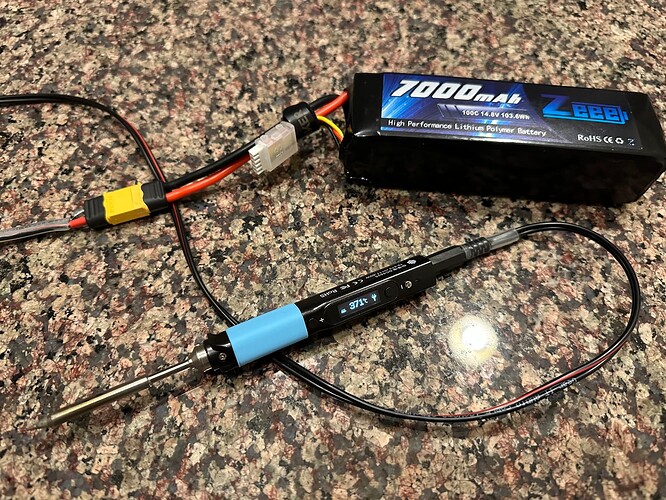Hello all,
First off, thanks for taking the time to read this and hopefully steer me in the right direction.
Secondly, I’m new here and looking to get into an Ardupilot setup for a boat (Rover, right?), but I’m afraid of wasting lots of money on old crappy hardware…
I’m looking to spend under $400 for a decent beginner setup.
I found this on amazon, but it seems like it’s old pixhawk 2, and it seems like there is a pixhawk 6 now…
---------Questions-----------
- Is this doable for under $400?
- Is there a “kit” i can buy that would give me everything i need (Like the above amazon link), or am I better off buying a ton of things separately?
- Should I be looking at “open” or “closed” hardware? (Autopilot Hardware Options — Rover documentation)
- Yes or no…Is there a way (In the future) that I could keep the boat pointed in a certain direction?
4a. If yes to q4, do I need 2 GPS units on the front and back of the boat to accomplish this?
---------Priorities/Requirements---------
- Good GPS accuracy for not slamming into river banks, bridges, etc…
- Must work in sub freezing temps
- Add hardware sensors for collision detection (Not needed immediatly)(Also, is this even possible?)
Thanks again for your time,
Mark from Money Pit Boating
